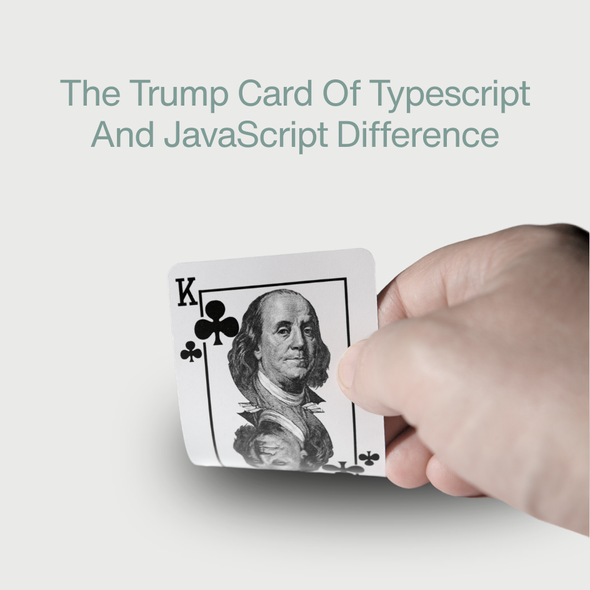In-App Purchases vs Ads: Which Strategy is Best?
You’ve created your app, and people are starting to download,...
We use cookies for our website to give you the most relevant experience by remembering your preferences. By clicking “accept”, you consent to use of ALL the cookies
This website uses cookies to improve your experience while you navigate through the website. Out of these, the cookies that are categorized as necessary are stored on your browser as they are essential for the working of basic functionalities of the website. We also use third-party cookies that help us analyze and understand how you use this website. These cookies will be stored in your browser only with your consent. You also have the option to opt-out of these cookies. But opting out of some of these cookies may affect your browsing experience.
Necessary cookies are absolutely essential for the website to function properly. These cookies ensure basic functionalities and security features of the website, anonymously.
| Cookie | Duration | Description |
|---|---|---|
| cookielawinfo-checkbox-functional | 11 months | This cookie is set by GDPR Cookie Consent plugin. The cookie is used to store the user consent for the cookies in the category “Analytics”. |
| cookielawinfo-checkbox-functional | 11 months | The cookie is set by GDPR cookie consent to record the user consent for the cookies in the category “Functional”. |
| cookielawinfo-checkbox-necessary | 11 months | This cookie is set by GDPR Cookie Consent plugin. The cookies is used to store the user consent for the cookies in the category “Necessary”. |
| cookielawinfo-checkbox-others | 11 months | This cookie is set by GDPR Cookie Consent plugin. The cookie is used to store the user consent for the cookies in the category “Other. |
| cookielawinfo-checkbox-performance | 11 months | This cookie is set by GDPR Cookie Consent plugin. The cookie is used to store the user consent for the cookies in the category “Performance”. |
| viewed_cookie_policy | 11 months | The cookie is set by the GDPR Cookie Consent plugin and is used to store whether or not user has consented to the use of cookies. It does not store any personal data. |
Functional cookies help to perform certain functionalities like sharing the content of the website on social media platforms, collect feedbacks, and other third-party features.
Performance cookies are used to understand and analyze the key performance indexes of the website which helps in delivering a better user experience for the visitors.
Analytical cookies are used to understand how visitors interact with the website. These cookies help provide information on metrics the number of visitors, bounce rate, traffic source, etc.
Advertisement cookies are used to provide visitors with relevant ads and marketing campaigns. These cookies track visitors across websites and collect information to provide customized ads.
Other uncategorized cookies are those that are being analyzed and have not been classified into a category as yet.
Cyberia Tech, Inc. respects your privacy. This Privacy Policy explains how we collect, use, and share your information. By using our services, you agree to this policy. If any other agreements conflict with this Privacy Policy, the terms of those agreements prevail.
Cyberia Tech complies with the EU-US and Swiss-US Privacy Shield Frameworks for handling personal data from the EEA, UK, and Switzerland. In case of any conflict, the Privacy Shield Principles prevail. Learn more at Privacy Shield. Key Definitions
Information linked to an individual, transferred from the EEA, UK, or Switzerland to the U.S.
Data revealing race, religion, health, sexual orientation, and similar categories.
Effective Date: [ 2025 / 11 / 29 ]
Welcome to The Cyberia Tech ! By accessing or using our website or services, you agree to
comply with and be bound by these Terms of Use and our Privacy Policy. If you do not agree with
these terms, please do not use our Services.
Loading
0 %

Do you find it difficult to decide between JS vs typescript? Perhaps you don’t know enough about them all to make an informed decision on how best to use them.
We provide some pointers on how to tell the typescript and JavaScript differences. The client-side development processes of these two are very comparable.
But can we argue that the variations have the potential to supplant JS? So far, we have no idea. Let’s go in and figure out why comparing typescript vs JavaScript is important.
Is it worth my time to study it? Which one of these should be taught first?
Table of Contents
The first and most important aspect is that all JS code is perfectly rational when written in typescript.
Typescript is just JS with additional functionality. So, if you’ve been saving your JS code with the typescript extension, you may be assured that the speed is above par.

You may know that JS programming is basically used for front-end programming.
Still, considering the potential, the critical detail in JS vs typescript is the double effectiveness of JavaScript on both sides of the frontend and backend development.
Typescript is only a superset of the native software language; it is neither a frontend nor a backend language.
The most glaring of them is the fact that JS code is so complicated and resource-intensive that it falls short of object-oriented programming standards.
Therefore, we may deduce that JavaScript is unsuitable for server use in OOP environments.
Typescript is a free, open-source programming language with optional typing. It is object-oriented.
Typescript necessitates employing a simple, concise, and static programming language.
The aim is a more positive resolution of finished work on the server and client sides.
Furthermore, there is no need to worry about JS library compatibility, as they are both up to date. The following alternatives are also helpful:
Furthermore, it supports notes, variables, statements, expressions, modules, and functions.
The other perfect piece is using Node.js to carry out the development procedure. The codes are nothing to be concerned about.
Typescript and JS code has the same syntax. However, keep in mind that the typescript compiler isn’t capable of handling all JS.

Similar to how C++ header files specify the process of constructing current object files, typescript documentation provides examples of the data type that may be included in such files.
This enables us to utilize the values declared as typescript static types in other applications.
Typescript also makes it easy to work with third-party header files, which are required for utilizing popular libraries like jQuery, D3.JS, mongo dB, and Node.JS.
The following are guarantees associated with using typescript:
Can we use typescript on both the front end and back end? Yes, since typescript is the enhanced version of JS, we can conclude that it suits both sides and JS.
Besides, you have the freedom of using top frameworks like:
Since we get all the explanations through the definition, let’s quickly look at the positive points of using typescript.
Front end development is where JavaScript really shines. Creating software in JS will result in a unified web browser experience for end users.
It may be utilized for various platforms and is dynamic and adaptable. It renders quickly and works with any browser.
Large, complicated programming projects should not be relied upon despite these advantages.
we can admit that these two Typescript vs JavaScript are head-to-head antagonists in a way that you can’t say which one is going to win.

By considering the below factors, you can decide:
Now you can differ on how to use each of them and which one is influential in a specific project.
Remember, the redemption of knowing typescript and javascript differences is building a next-gen application to bring a supreme user experience.
TypeScript and JavaScript each provide essential functions in the larger context of mobile apps and mobile front-end development.
JavaScript is the language that the web was built upon; it is frequently used to build responsive and interactive mobile app front ends.
Because of its flexibility and widespread use, it is a great alternative for mobile front-end development, letting programmers create interactive UIs with tools like React Native and Ionic.
TypeScript, on the other hand, adds static typing and better tool support to JavaScript to expand its functionality.
TypeScript’s advantages in mobile front-end development—including cleaner code, higher developer productivity, and lower maintenance costs—make it a compelling choice.
TypeScript’s strict type-checking inspires trust, minimizes runtime mistakes, and makes mobile app development projects more scalable.
Both JavaScript and TypeScript contribute substantially to the dynamic field of mobile app and front-end development through their flexibility and increased robustness.
Is TypeScript better than JavaScript?
TypeScript is preferable to JavaScript in many ways, including its language features, reference validation, project scalability, teamwork, developer experience, and code maintainability.
Is TypeScript easier than JavaScript?
In terms of frontend development, TypeScript has one huge advantage over the others, yet all of these languages are fantastic. Because it is essentially just improved JavaScript, learning TypeScript is substantially less of a challenge for current JavaScript developers.
Both JS vs Typescript have their advantages and disadvantages when it comes to writing code that is quick, tidy, and easy to understand because of features like static typing and simultaneous bug detection.
When compared to languages like JavaScript vs TypeScript, you have access to a far larger pool of potential developers.
Some programmers claim that, compared to HTML, JS offers superior quality resources.
When deciding between typescript and JavaScript differences, it’s important to carefully weigh the article’s explanation, examples, pros and downsides, and any further advice you could receive from our seasoned staff. Feel free to contact us.
You Can Get More Information!
